A garden is one of life’s greatest pleasures. To have your own green oasis away from the world is to have an escape, a place to unwind and relax.
But a garden can mean a lot of work in the form of garden maintenance. And with most of us short of time, it can soon become overwhelming. Left to their own devices, plants grow too big and get out of control.
Take the stress out
Then it feels like you are running just to stand still. Every hour in the garden is used up trying to tame, rather than enjoy. Gardening becomes a stressful stream of never-ending chores.
So why not make your garden easier to manage? You can save time on garden upkeep by taking steps towards a more low-maintenance garden.
Be honest with yourself
We all have grand dreams for our gardens. But there is no point trying to build something that is impossible to maintain. It will only look good for the first few weeks, and then it will become unruly and unkempt.
Be honest about how much time you have and aim to build a garden that suits your lifestyle.
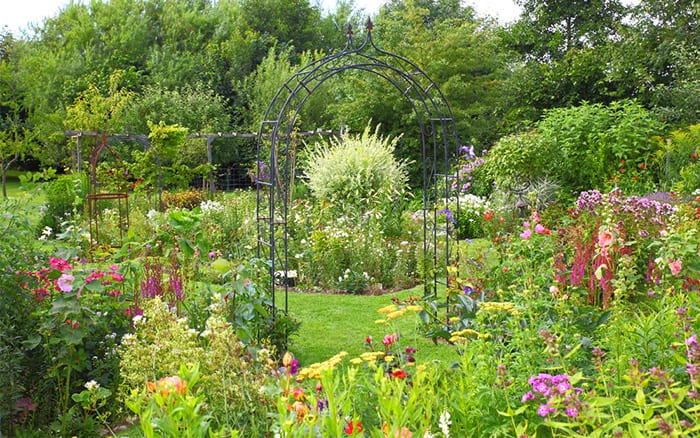
Start by taking a look at your garden as it is and making notes of all the areas and big time drains. Good examples are a large lawn or hedging that needs constant clipping.
Identify parts of the garden that you could change to make them easier to manage, and even elements you could remove completely.
Go wild
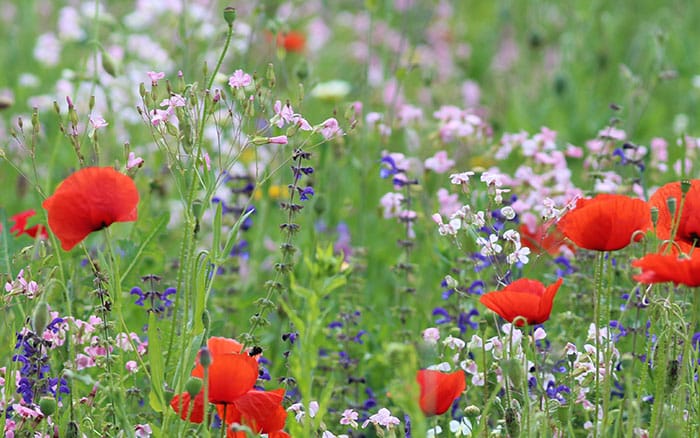
Mowing the lawn is one of the most widely hated garden chores. But the truth is that you can just stop. Letting your lawn grow longer between mowings will really save you time.
You can even let it grow out into a meadow. Simply mow a path through the middle and let the sides grow long. Plant some wildflowers too if you want to add colour.
Lawn Care
Edging the lawn is also a time-consuming process. Add mowing strips around the edge so you can mow right over it. A row of bricks is a low-maintenance choice, or you can create an invisible edge by sinking plastic edging strips into the soil.
For patchy lawns that need lots of repairs, feed with an autumn lawn fertiliser at the end of summer. This promotes strong root growth, making the grass hardier and more drought-tolerant.
If you have a small or shaded garden, you can always strip out the grass and replace with a no-mow alternative like chamomile and creeping thyme. These have a soft green colour and almost no maintenance.
War on weeds
Weeding is time-consuming garden upkeep. Weeds are naturally invasive plants and soon get out of hand if left alone to spread. Save time weeding throughout the year by catching them early in spring, before they set seed.
Remove perennial weeds with a systemic contact weedkiller. This is weedkiller that you apply directly to leaves, ensuring you only kill the unwanted plant. It travels down to the roots and kills those too.
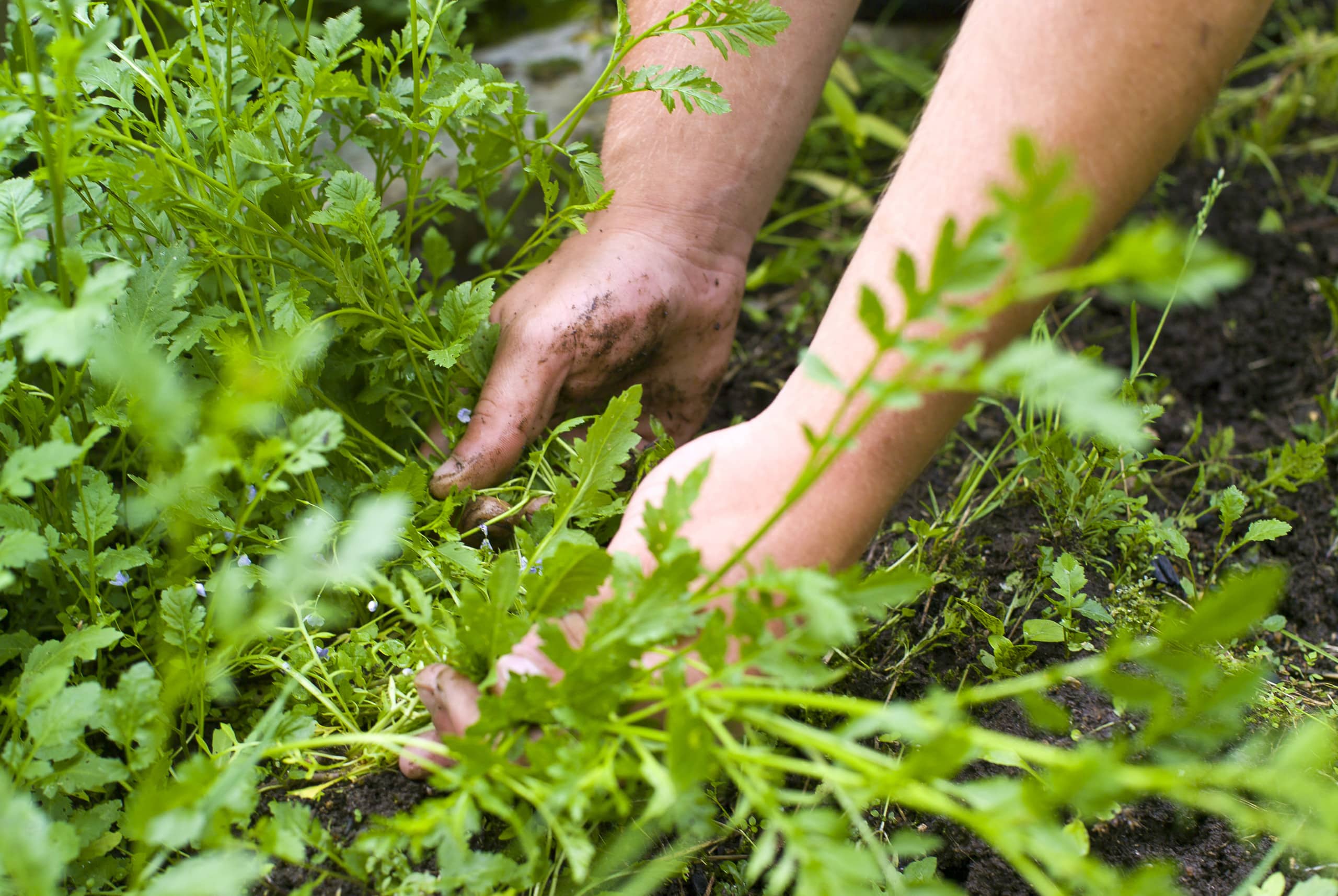
Apply residual weedkiller on uncultivated areas like paths and drives – these remain in the soil and stop weeds sprouting, sometimes for a whole season.
Most weeds will pop up in bare soil, so don’t leave any showing. Put in ground cover plants or apply a thick layer of mulch or gravel over the top.
You can also lay weed-suppressing fabric over the soil of new borders. Cut x-shapes into the fabric to make planting holes.
Mulch all surfaces
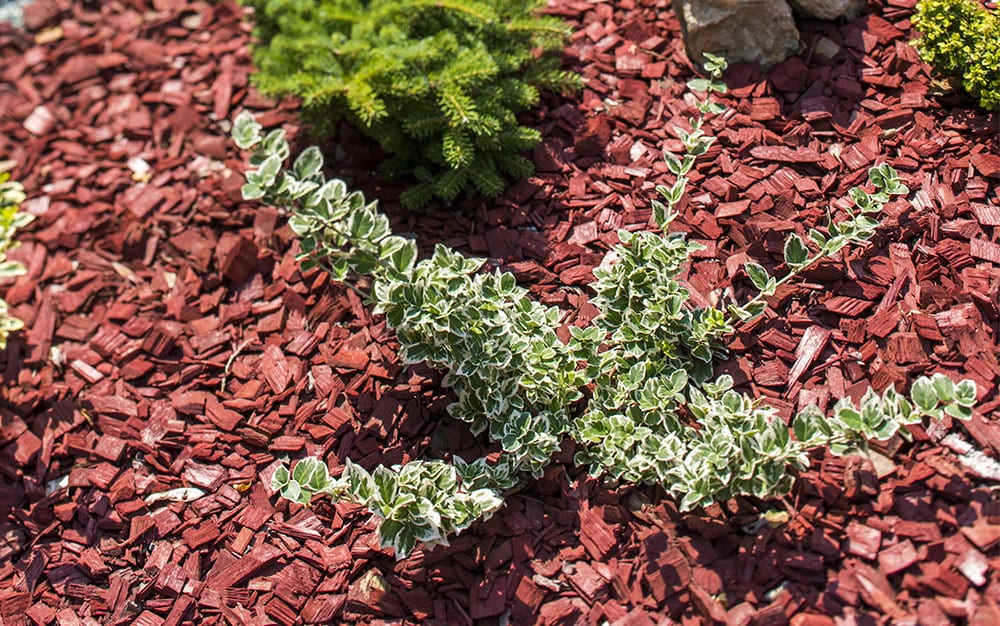
Mulch is a layer of material that is placed over the soil surface. It can be solid like gravel or organic like compost and bark chippings.
Mulches have many benefits. They smother the soil, preventing weeds from germinating. They also help soil retain moisture by lessening water evaporation. And organic mulches can also improve soil nutrient levels and structure.
A thick layer of mulch is best – aim for 5cm (2in). Apply around beds and borders to cover bare soil. Don’t let organic mulches touch the stems of plants or they may rot.
You can also apply a layer of gravel to the top of pots and containers to save on watering.
Freshly cut bark chippings should not be used as a mulch. This is because they use large amounts of nitrogen as they rot, depleting the soil. Only use fresh chippings on paths and unplanted areas and opt for composted bark chippings on borders.
Save time watering
Spending every Saturday lugging heavy watering cans up and down the garden is no fun. The biggest culprits are containers and hanging baskets, which need watering every day in hot weather. Cut down the number of pots you have and move them into a cooler, more shaded spot in summer.
Trade secret
Add watering crystals and slices to pots when planting. These absorb some water in the soil, releasing it when the soil starts to dry out. You can also place pots together in a tray filled with a couple of inches of water and simply top up the tray, rather than individual pots.
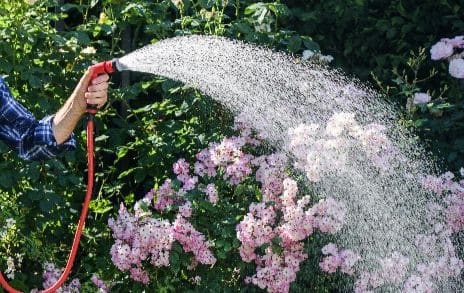
If you do want to grow plants in containers, choose the largest pots possible. They can hold more soil and water, making them lower maintenance.
To really save time watering, link pots up to an automatic watering system on a timer. You can also run a seep hose through beds and borders – this is ideal for the veg plot. These systems work most efficiently on a night, as the heat of the day causes much of the water to evaporate before reaching the plant.
Hedge your bets
Neatly clipped hedges may look smart but they need constant maintenance. Fast-growing varieties like Leylandii and Photinia soon get out of control and start casting deep shade over the garden.
The easiest solution to high-maintenance hedging is to replace it with slow-growing varieties like yew and hornbeam.
You can also reduce the pruning of hedges to allow them to grow shaggy. Or cut them back hard – prune deciduous hedges in winter and evergreen varieties in spring.
Grow hardy and easy
For the most low-maintenance garden, choose plants that suit soil, sunlight levels and weather conditions. If you have a chalky, windy coastal garden there is no point growing tender and floppy plants. Likewise, a shaded garden with clay soil will need plants that cope with cold, wet conditions.
You should also make good use of evergreens, which add shape and colour all year round. Shade-tolerant varieties like holly and ivy give good colour to dark corners and north-facing walls. Acers are also great trees for shaded spots and they grow very slowly.
Make your garden drought-tolerant with Mediterranean plants like sedum, geranium and rosemary. Grasses are also great easy-care plants. Look for long-flowering perennials that continue throughout summer.
Frosty and exposed gardens need hardy varieties and woody shrubs like heather and hydrangea. Shrubs generally require even less attention than perennials.
Get rid of needy plants

We all dream of impractical and tropical plants. But the truth is that they won’t grow well in our gardens. Even a dedicated gardener with endless hours to spend would struggle to make plants thrive in conditions they hate.
Time spent coaxing tender, needy plants into flower is frustrating and often wasted. Be realistic with your plant choices and get rid of varieties that don’t like your site or soil.
If you have dry soil, remove surface-rooting annuals and replace with drought tolerant geraniums and meadow flowers.
You can also get rid of delicate plants that need staking, like delphiniums. Add alliums and climbers up wigwams instead.
Then you can get back to enjoying the garden, rather than controlling it.
David Domoney is a Chartered Horticulturalist, Broadcaster, and Author. David has worked with a number of the UK’s leading garden retailers as a plant buyer and strategic consultant. With more than 30 years experience, in horticulture, David is as passionate about plants now as he was when he bought his first plant at a village fete.

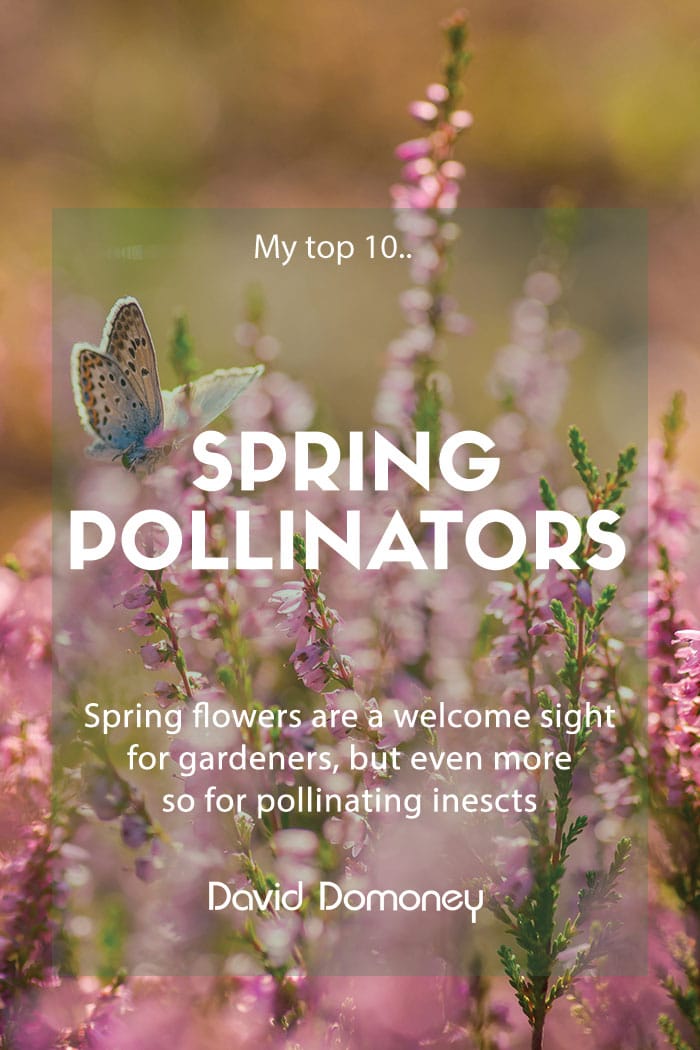


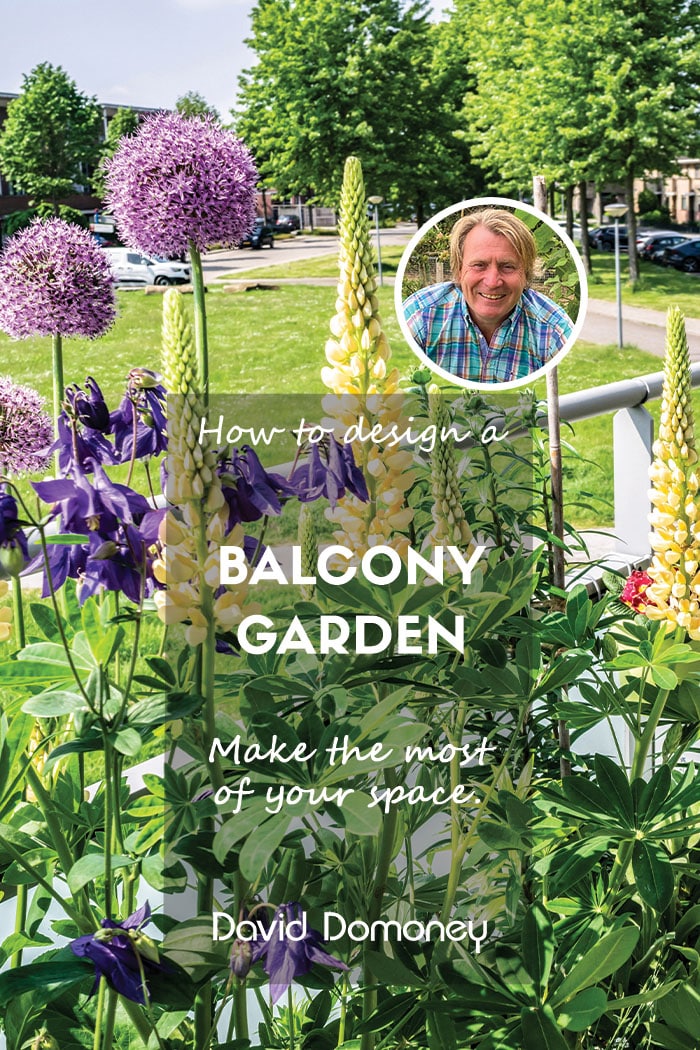


A hardy ‘YES’! Following these tips will keep gardening a joy rather than a chore…as it should be.
Great tips!
Cheryl Jones
Greenwood Nursery